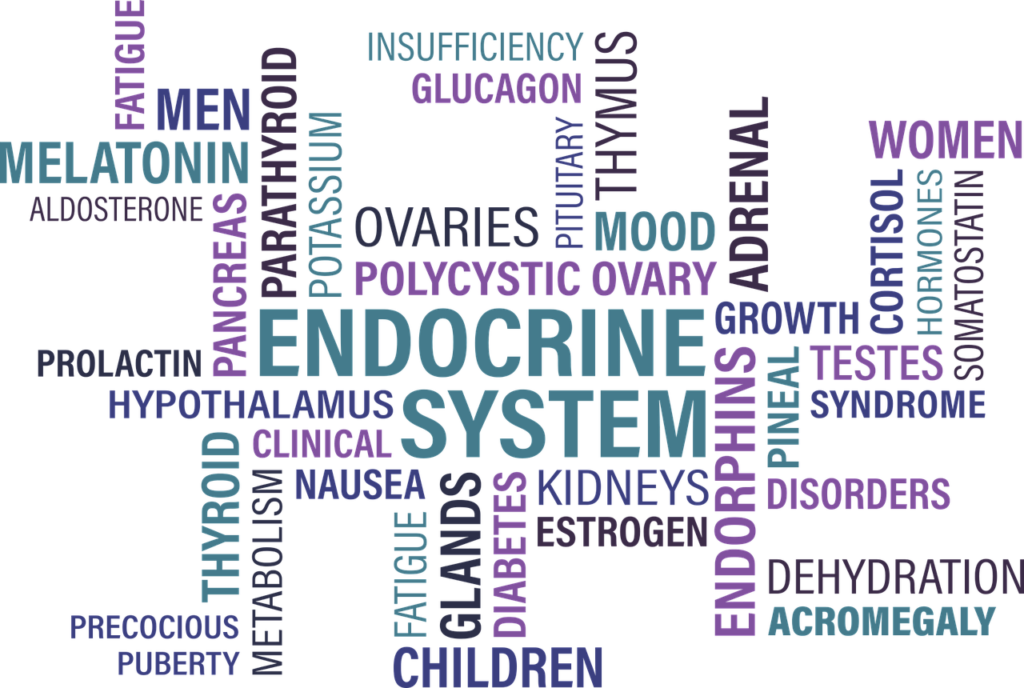Testosterone is the male sex hormone and controls normal male sex drive & sperm production. Testosterone also helps maintain bone strength, muscle strength, red blood cell production and physical stamina in men. As you age, your Testosterone level (T Level) gradually declines (~1% per year after age 30-40). It is important to differentiate between the normal age-related decline in T levels and abnormal drop due to a disease (called “hypogonadism” or sometimes referred to as “Low T”). Low T may affect your sexual function and physical well-being. There are several FDA-approved testosterone (T) treatments which may increase T levels and may help improve low T symptoms such as low libido, erectile dysfunction and reduced stamina and energy levels. T treatment should be started after a careful examination and testing by an experienced physician or provider. Sometimes low T can be from serious underlying conditions such as a pituitary tumour, or sleep apnea and your physician may order additional testing depending on your symptoms and a thorough physical examination. If you are noted to have low T levels, your doctor will probably repeat the test because blood T levels can be pulsatile (variable throughout the day) and therefore the diagnosis should be confirmed before treatment is initiated. In addition, if you have underlying conditions that can cause temporary low T levels (e.g. pain or use of narcotic pain medications or sleep apnea), once the condition improves, these levels will become normal.
Diagnosis & misdiagnosis:
Based on expert guidelines, a low T state (hypogonadism) occurs when the blood testosterone levels ( drawn before 10 AM) is less than 300-325 ng/dL or/ and the blood “free testosterone” level ( a more accurate test, if a man is overweight or is older than age 65) is less than 55-65 pg/mL. The low testosterone level should be rechecked at least one more time before a diagnosis of hypogonadism is confirmed. Although advertised as an anti-ageing formula that improves alertness, mood and stamina, the health benefits of T therapy are not always clear and the “performance benefits” (sexual and general vitality) are often short-lived (unless large & “risky” doses are administered). Unless monitored carefully, T therapy can increase blood pressure, and thickness of blood and worsen lipid (fat) levels. Some older men treated with T therapy in clinical studies, carried out by the National Institute of Health (NIH) experienced an increased risk of developing heart problems and strokes.
Treatment:
If you have low T levels, T therapy can improve your quality of life by enhancing your sexual function, improving your mood, alertness, stamina and motivation. If you combine this with an improved diet and increased exercise, it may help shed off some of the belly fat, build muscle mass and improve blood pressure, blood sugar and strengthen your bones. Available preparations of testosterone include testosterone gels, testosterone injections, nasal testosterone and 1 preparation of oral testosterone. Usually, it is not safe to take testosterone preparations by mouth because it may cause liver damage. Table 1 summarizes the common testosterone preparations and their salient features:
Table 1: Common testosterone preparations in the USA:
| Advantages | Disadvantages | Common dose | Side effects | |
| Injections: Testosterone cypionateTestosterone enanthate | -Cheap -Usually effective | -Painful -Risks associated with deep injections -↑ Side effects (BP, Polycythemia, Cardiac & blood clot -↑ peaks and troughs | 200 mg (1cc) every 2 weeks 100 mg (0.5 cc) every week | ↑ BP ↑ RBC ↑ Prostate size Edema ? Cardiovascular risk |
| Gels: Testosterone 1.6% Testosterone 1% | -Not very expensive -moderately effective | -Risk of exposure to children and spouses -↑ Side effects (BP, Polycythemia, Cardiac & blood clot | 50 mg (usually 2-4 pumps) every morning (on the shoulders, thighs or the armpits -depending on preparation) | ↑ BP ↑ RBC ↑ Prostate size Edema Lower risk! |
| Patches: Androderm | -Cheap -Mild to moderately effective | -Frequent rash/skin irritation -↑ Side effects (BP, Polycythemia, Cardiac & blood clot | 2 or 4 mg/day | ↑ BP ↑ RBC ↑ Prostate size Edema Lower risk |
| Nasal testosterone: Natesto | -Expensive -Usually effective | -Lower risk of above -Lower risk of testicular atrophy -Less likely to affect sperm production. | 33 mg/day (1 pump in each nare 3 times a day) | Lower risk of above side effects Nasal irritation |
| Oral testosterone: Jatenzo | -Expensive -Usually effective | -Lower risk of polycythemia -Blood pressure risk | 1 cap twice a day (usually 237 mg) | ↑ BP ↑ Prostate size Edema |
| Testosterone injection SQ: Xysoted | -Expensive -Effective | -↑ Side effects (BP, Polycythemia, Cardiac & blood clot | 75-100mg SQ every week | ↑ BP ↑ RBC ↑ Prostate size Edema |
Usually, you will start feeling better in 3 or 4 weeks. You should be checked every 3 months in the first year and then every 6 months in most cases. Your prostate gland should be checked annually because in some cases, T therapy may accelerate the normal age-related increase in prostate size.
If your low T level is caused by an underlying condition (such as obesity, sleep apnea, severe pain or serious illness), treating that condition may help improve your low T level. A healthy lifestyle & weight loss may reverse low T levels in some cases. Starting high doses of T therapy (particularly Injections) too early in such cases can convert a potentially “reversible situation” into a “permanent condition”. This is called the testosterone trap. This “trap” occurs because, when higher doses of T are given to a patient, his body stops making its own testosterone (suppression of testosterone production by downgrading the body’s pituitary to testes communication that normally regulates natural testosterone production in a pulsatile manner). The problem is less likely to occur if the T level is kept in the mid-normal range (the usually recommended range is between a serum total testosterone level of 400-700 ng/dL or a free testosterone level of between 65 and 150 pg/mL).
There are other ways to reduce the risk of this testosterone trap. The nasal testosterone preparation, Natesto®, may have an advantage over other preparations of testosterone because it is short-acting and is administered three times every day. The blood T levels in patients who take Natesto® vary through the day, like that in normal individuals. The risk of testosterone trap is therefore lower. If the older T preparations (such as injections or gels) are used, the risk of testosterone trap can also be lowered by using smaller doses or concomitant and intermittent use of a hormone called HcG (a hormone similar to the pituitary hormone called LH which normally regulates testosterone production by the testes) or by taking a tablet called Clomiphene, a pill which also stimulates the pituitary gland to increase signal directing the body to make more testosterone of its own. These steps may also reduce the risk of side effects of T therapy in most cases.
Low T treatment: Yes or no?
The number of men using T therapy in the United States has increased dramatically in recent years. Taking this hormone to reverse ageing and raising blood levels to “youth levels” can be dangerous and is not advisable. On the other hand, treatment of legitimately low T levels can improve quality of life dramatically. It is however important to understand that like any other medication, there are risks and benefits of T therapy. You should undergo a thorough evaluation by your physician before you start T therapy. Only after that should you begin T therapy so you may get maximum benefits of such therapy & at the same time to reduce any potential risks.
This information is for general knowledge & is not a substitute for medical advice your doctor recommends
Post Disclaimer
We are not your healthcare provider, and your use of this website does not establish a patient-client relationship. All the information contained on this website is for informational purposes only. No material on this site is intended to be a substitute for professional medical advice (diagnosis, treatment, testing or nutritional information). Always seek the advice of your physician or qualified healthcare provider with any questions you may have regarding medical or health-related conditions or treatment. Your healthcare provider knows your condition or situation well and can give you specific advice which would be appropriate for your condition/situation. Your healthcare provider can also guide you more accurately about injection techniques, dietary interventions and the use of medical technology that is most pertinent and suitable for you. Please do not disregard professional medical advice or delay in seeking it because of something you may have read on this website.

